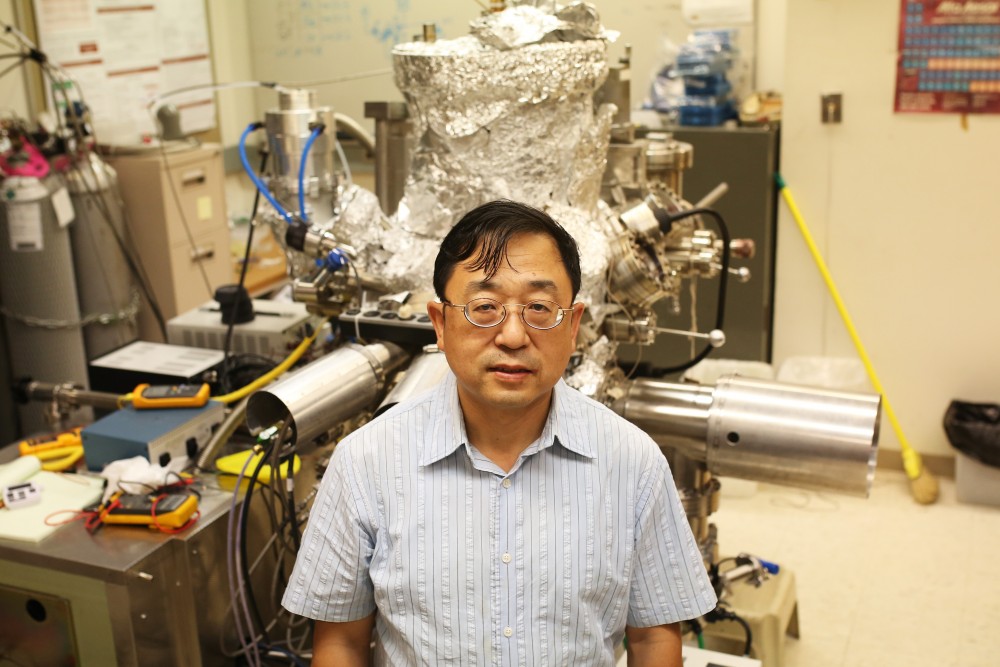Researchers at the University of Minnesota are searching for funding to extend a spintronics research program that concluded this past year.
Center of Spintronic Materials, Interfaces and Novel Architectures (C-SPIN) funded the $28 million spintronics research program, which concluded this year after a five-year run. Spintronics is an area of research that studies how to make electronic devices more energy efficient and expand memory storage.
“Each electron has a charge and that is what we use nowadays to power [electronic] devices. In spintronics, we go further and use an electron’s spin to make devices with lower energy consumption,” said Jian-Ping Wang, director of C-SPIN at the University.
The additional funding would help researchers continue the progress that spintronics has made, Wang said.
Wang’s spintronic explorations may be able to aid in the treatment of brain disorders such as Parkinson’s by using spintronic devices to stimulate brain function through localized magnetic fields, which can aid in therapy.
Wang is seeking funding from the University, the state and industry partners to continue spintronics research. The program has also applied for federal funding grants.
Wang said that C-SPIN wants to go one step beyond what they have already done, including the use of spintronics for neuromorphic computing, which involves making devices that mimic the brain’s thinking process.
Several researchers, including Wang, are currently receive sponsorships from the Nanoelectronic Computing Research program, but Wang continues to seek additional help.
Paul Crowell, University physics professor and C-SPIN co-director said that Minnesota has been a leader in spintronics research. When the Semiconductor Research Corporation began sponsoring the spintronics program in 2012, Wang was a “natural leader,” Crowell said.
He said Wang’s strengths included figuring out what companies want, recruiting researchers and encouraging them to try new ideas.
The SRC has moved on to sponsor a different program, but spintronics research at the University is still moving forward, Crowell said.
“I’m optimistic about the future of spintronics in Minnesota,” he said. “While it’s true that C-SPIN as an administrative entity does not keep going, everyone in it does.”

















